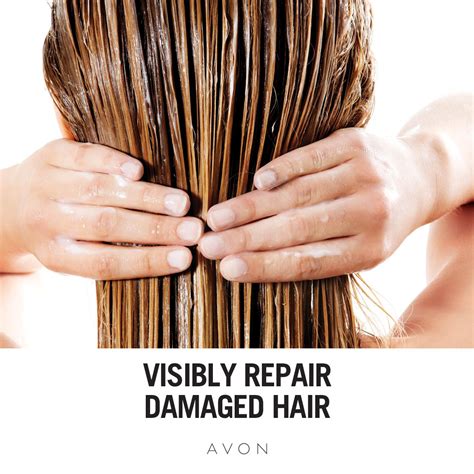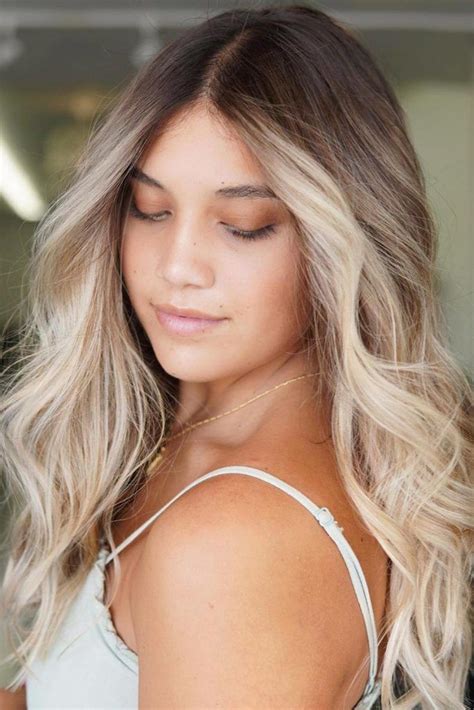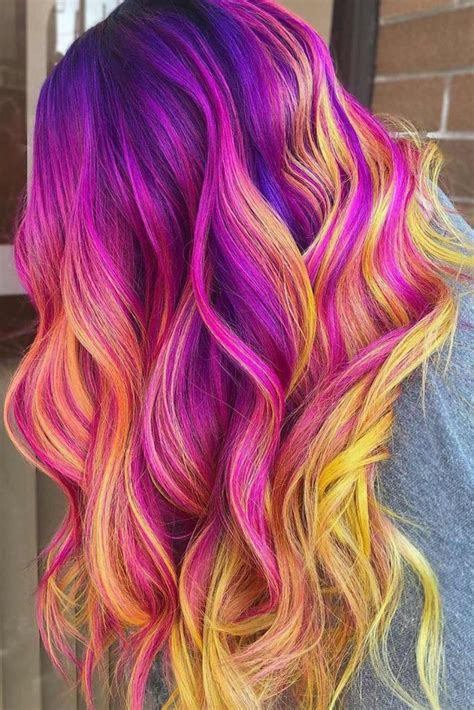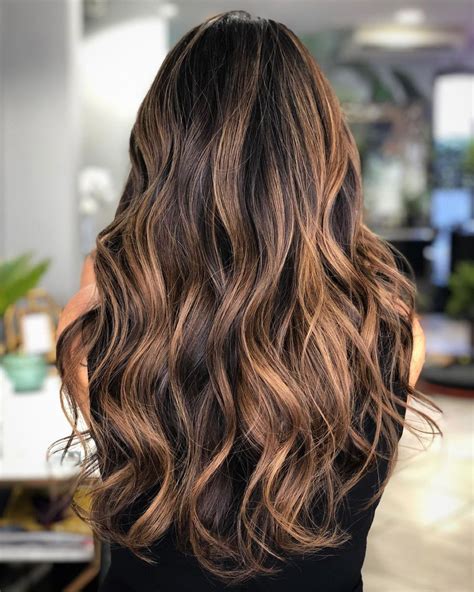Learn to identify and repair hair damage at home with salon procedures and the right products. Maintain healthy hair post-repair.
Identifying Hair Damage
Contents
One of the first steps in repairing damaged hair is to identify the extent of the damage. There are several signs that can indicate hair damage, such as dryness, split ends, breakage, and a lack of shine. If your hair feels rough to the touch or looks dull and lifeless, these are all indications that your hair may be damaged.
Another way to identify hair damage is to consider your hair care routine. Are you using heat styling tools frequently? Do you color or chemically treat your hair often? These habits can also contribute to hair damage. Additionally, if you regularly expose your hair to environmental stressors such as sun, wind, and pollution, this can lead to damage as well.
One common sign of hair damage is excessive shedding. If you notice an increase in the amount of hair that falls out when you wash or brush your hair, this could be an indication that your hair is damaged. It’s important to pay attention to these signs so that you can take the necessary steps to repair and restore your hair to a healthy state.
To properly assess the damage, you might also want to consult a professional hairstylist. They can provide a more in-depth analysis of your hair’s condition and recommend the best course of action for repair. By identifying the signs of hair damage, you can take the necessary steps to restore your hair’s health and vitality.
Home Remedies for Hair Repair
There are various ways to repair damaged hair at home without having to spend a fortune on salon treatments. One home remedy is to apply a nourishing hair mask made from natural ingredients such as avocado, honey, and coconut oil. These ingredients are known to provide deep moisture and repair damaged hair. Another method is to use a homemade hot oil treatment using oils such as olive, argan, or almond oil, which can help to restore shine and health to the hair.
Additionally, using a protein treatment made from ingredients like eggs, yogurt, and mayonnaise can help to strengthen the hair and repair damage caused by heat styling or chemical treatments. On top of that, incorporating a healthy diet with plenty of protein, vitamins, and minerals can also aid in repairing damaged hair from the inside out.
Another home remedy for repairing damaged hair is to minimize the use of heated styling tools and allow the hair to air dry whenever possible. This can help to reduce further damage and breakage. Lastly, incorporating a mild shampoo and conditioner that is specifically designed for damaged hair can help to keep the hair clean and healthy without stripping away essential oils.
| Home Remedies for Hair Repair |
|---|
| 1. Nourishing hair mask with avocado, honey, and coconut oil |
| 2. Hot oil treatment using olive, argan, or almond oil |
| 3. Protein treatment with eggs, yogurt, and mayonnaise |
| 4. Healthy diet rich in protein, vitamins, and minerals |
| 5. Minimizing use of heated styling tools |
By incorporating these home remedies into your hair care routine, you can effectively repair and restore damaged hair without having to rely solely on salon treatments or expensive hair repair products. With consistent care and attention, you can achieve healthy, beautiful hair right from the comfort of your own home.
Salon Procedures for Hair Restoration
When it comes to restoring damaged hair, many people turn to professional salon procedures for help. These treatments are often more intensive and effective than home remedies, and can provide quick and long-lasting results. Salon procedures for hair restoration typically involve the use of high-quality products and the expertise of trained stylists and technicians.
One popular salon procedure for hair restoration is deep conditioning treatments. These treatments involve the use of specialized conditioners and masks to infuse the hair with moisture and essential nutrients. This can help to repair damage, improve overall hair health, and provide a boost of hydration to dry, brittle strands.
Another common salon procedure for hair restoration is keratin treatments. These treatments involve the use of keratin-based products to strengthen and smooth the hair. The result is frizz-free, manageable hair with improved elasticity and shine. Keratin treatments can be especially beneficial for those with chemically-damaged or over-processed hair.
In addition to deep conditioning and keratin treatments, salon procedures for hair restoration may also include scalp treatments and massages. These treatments can help to improve scalp health, stimulate hair growth, and promote overall hair vitality. By addressing the scalp, these procedures can create an optimal environment for healthy hair growth and repair.
Choosing the Right Hair Repair Products
When it comes to repairing damaged hair, choosing the right products is essential for achieving the best results. With so many options available in the market, it can be overwhelming to decide which products will work best for your hair type and specific damage. One important factor to consider when selecting hair repair products is to identify the specific type of damage your hair is experiencing. Whether it’s from heat styling, chemical treatments, or environmental factors, understanding the cause of the damage will help determine which products will be most effective.
Another crucial aspect to keep in mind when choosing hair repair products is to look for ingredients that are known for their repairing and nourishing properties. Ingredients such as keratin, argan oil, coconut oil, and biotin are known to strengthen and repair damaged hair. It’s important to also avoid products with harsh chemicals, sulfates, and parabens, as these can further damage the hair and scalp.
Furthermore, considering your hair type is essential when selecting the right repair products. Whether you have straight, wavy, curly, or coily hair, certain products may work better for your specific hair texture. For example, those with curly hair may benefit from products that provide extra moisture and hydration, while individuals with fine, straight hair may prefer lightweight formulas that won’t weigh down their hair.
Additionally, it’s important to read customer reviews and seek recommendations from professionals or friends who have successfully repaired their damaged hair. Hearing about others’ experiences with specific products can help you make an informed decision. Finally, consulting with a hair care specialist or professional stylist can provide valuable insights and recommendations tailored to your unique hair needs. By considering these factors and doing thorough research, you can confidently choose the right hair repair products to revive and restore your damaged locks.
Maintaining Healthy Hair After Repair
Maintaining Healthy Hair After Repair
After going through the process of repairing damaged hair, it is crucial to maintain the health of your hair to prevent further damage. It is important to establish a regular hair care routine to keep your hair looking and feeling its best. Incorporating the right hair products and making some changes to your lifestyle can help in maintaining healthy hair after repair.
One essential step in maintaining healthy hair is to use the right hair care products. This includes using shampoos and conditioners that are specifically designed for damaged hair. Look for products that are enriched with moisturizing ingredients like argan oil or keratin to help nourish and strengthen the hair strands.
Another key element in maintaining healthy hair is to minimize heat styling and chemical treatments. Excessive use of heat styling tools like flat irons and curling wands can cause further damage to the hair. Similarly, frequent chemical treatments such as hair dyeing and perming can weaken the hair structure. It is important to give your hair a break from these damaging practices to allow it to recover and regenerate.
In addition to using the right products and minimizing heat styling and chemical treatments, it is important to follow a healthy diet and stay hydrated. A diet rich in protein, vitamins, and minerals can help promote strong and healthy hair growth. Drinking plenty of water also helps in maintaining the hydration levels of your hair and scalp.
Finally, regular trimming is essential for maintaining healthy hair after repair. Trimming the ends of your hair every 6-8 weeks helps in getting rid of split ends and prevents them from traveling up the hair shaft, thereby keeping your hair looking and feeling healthy.











